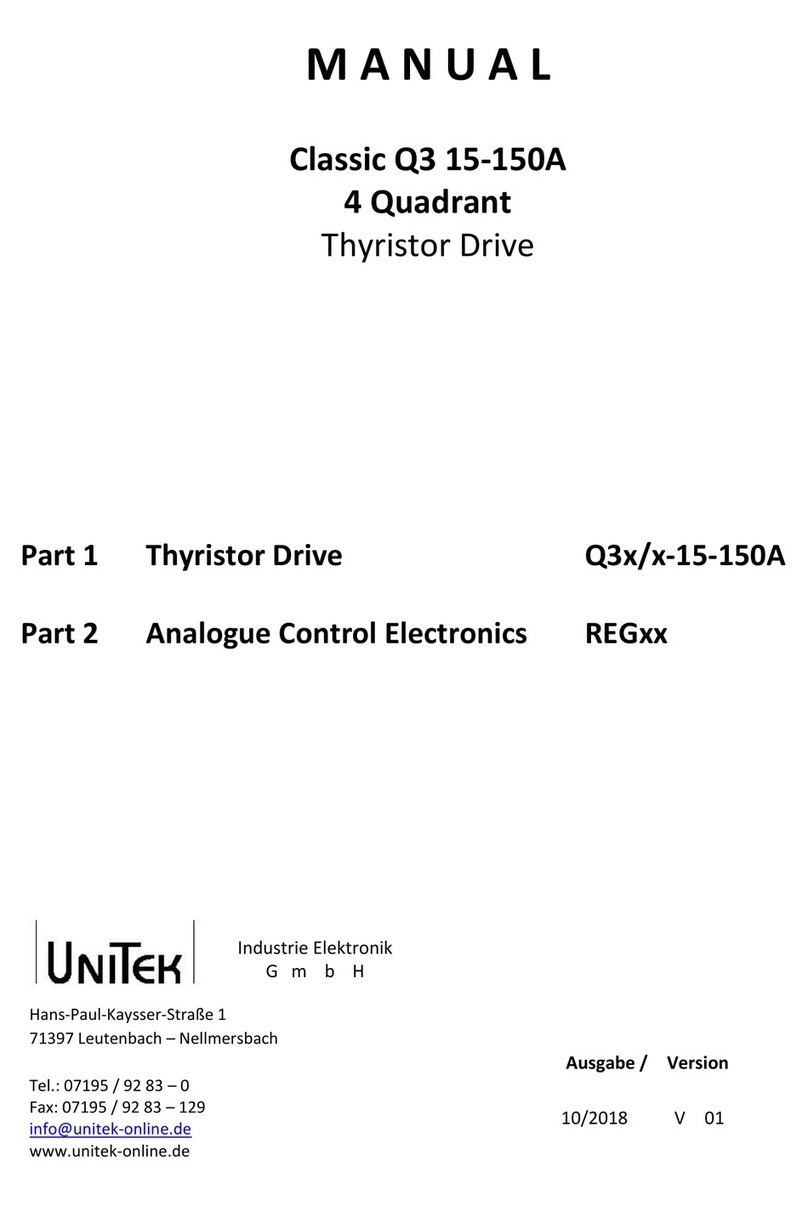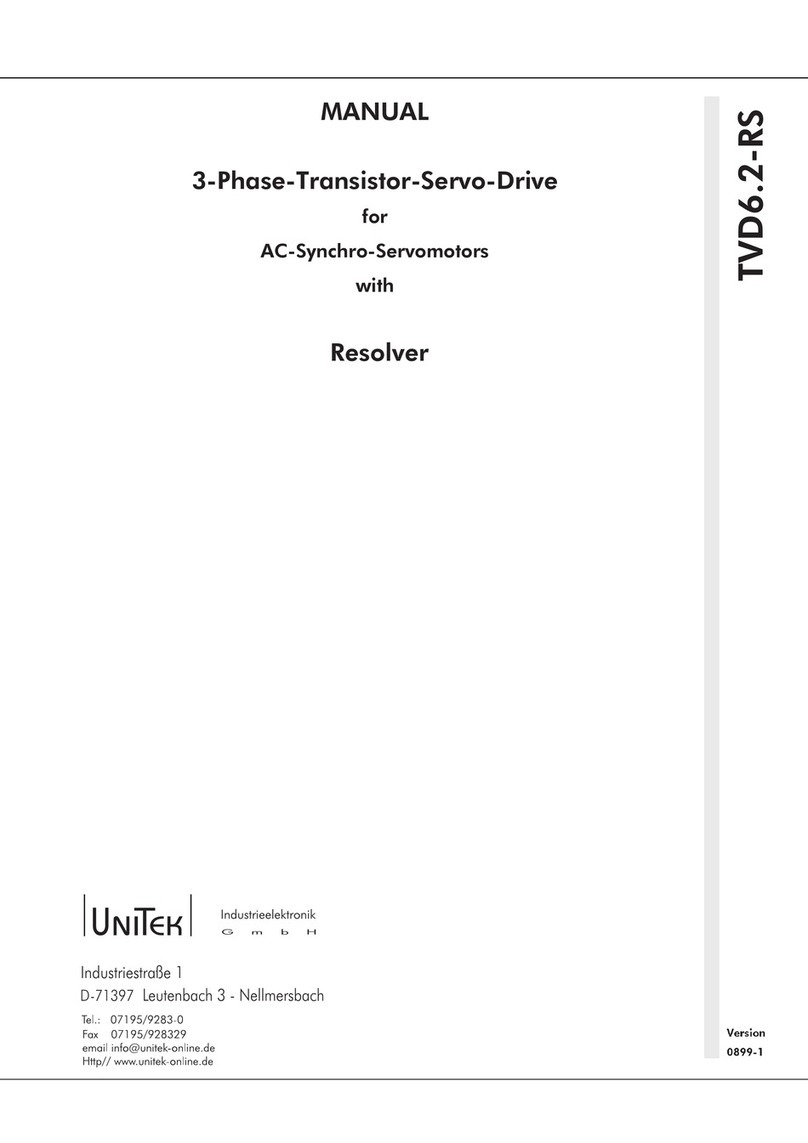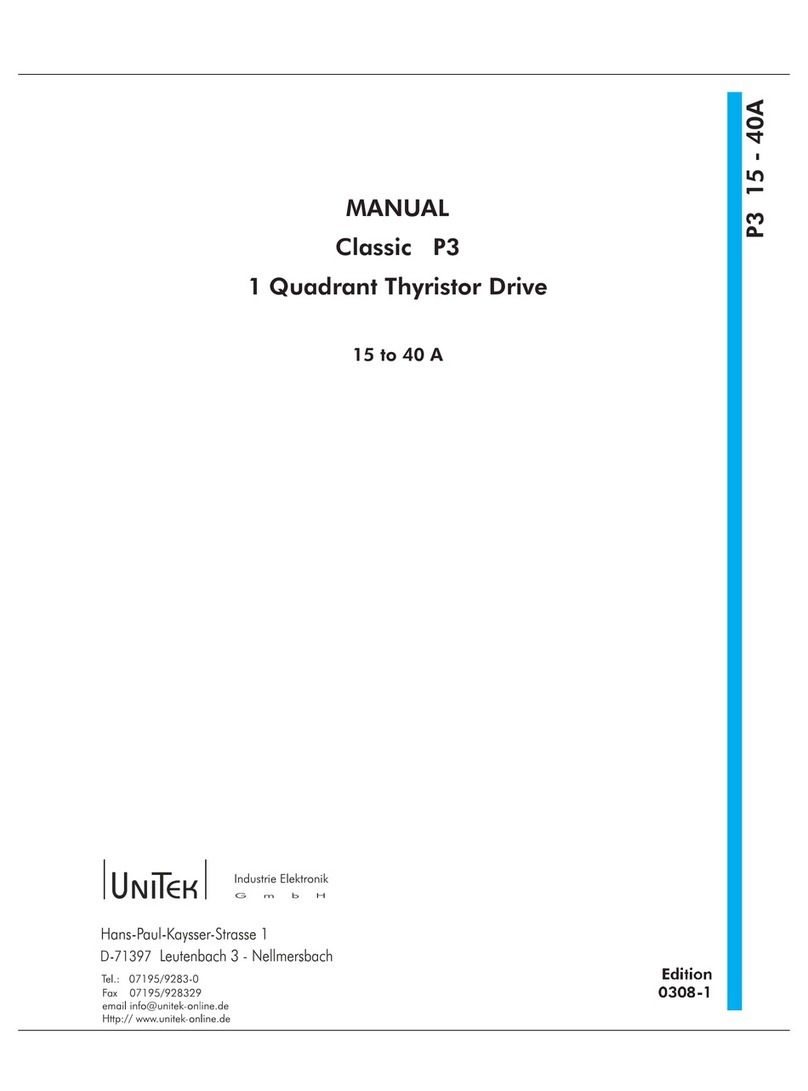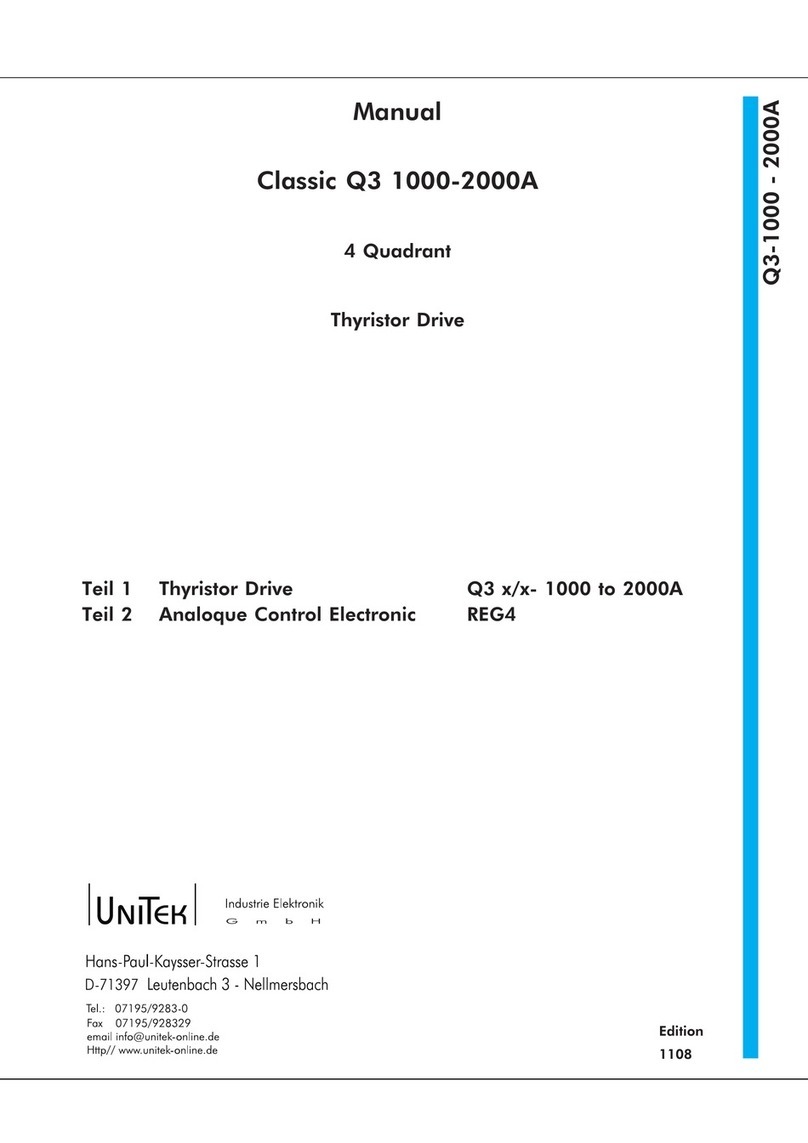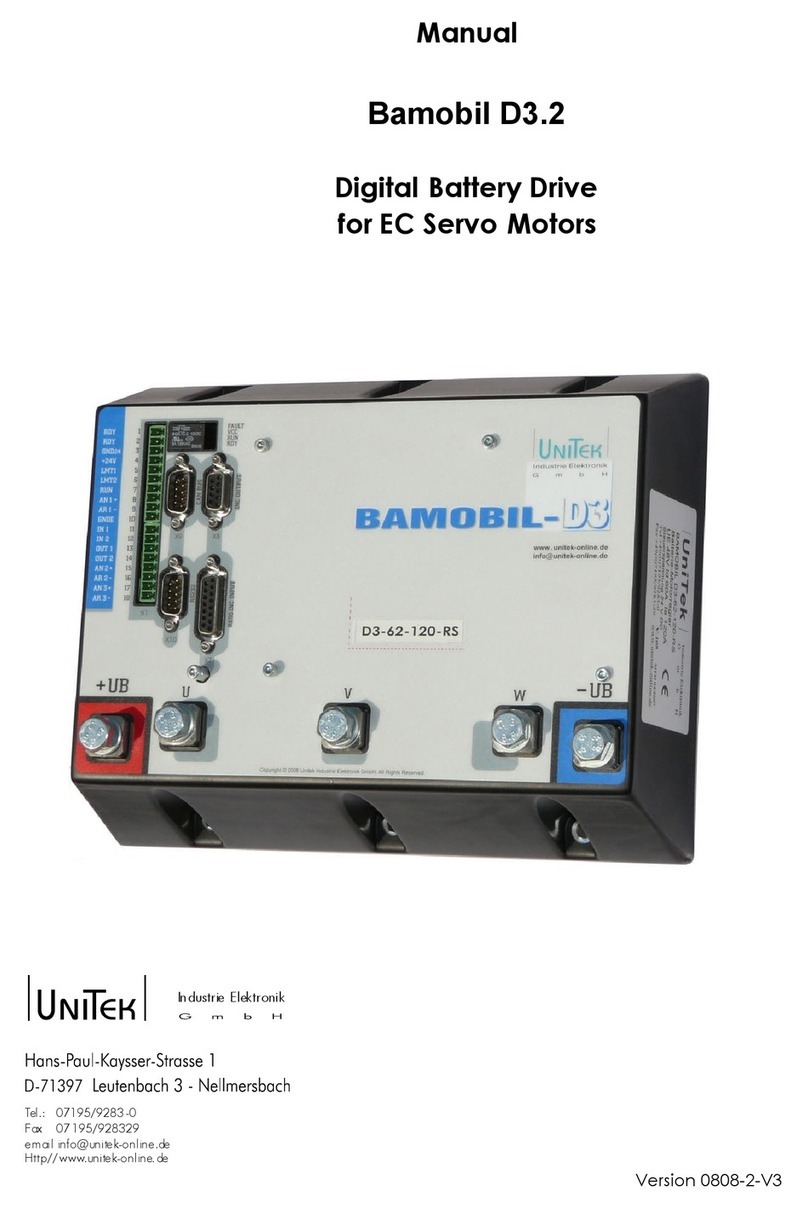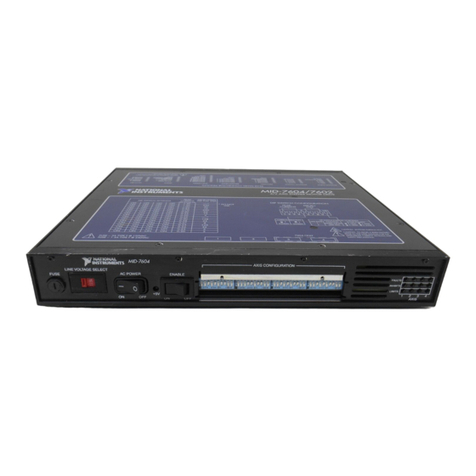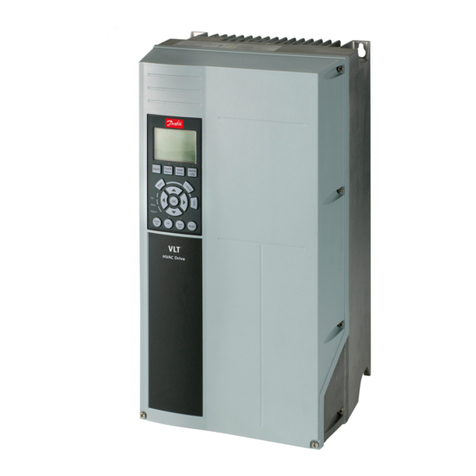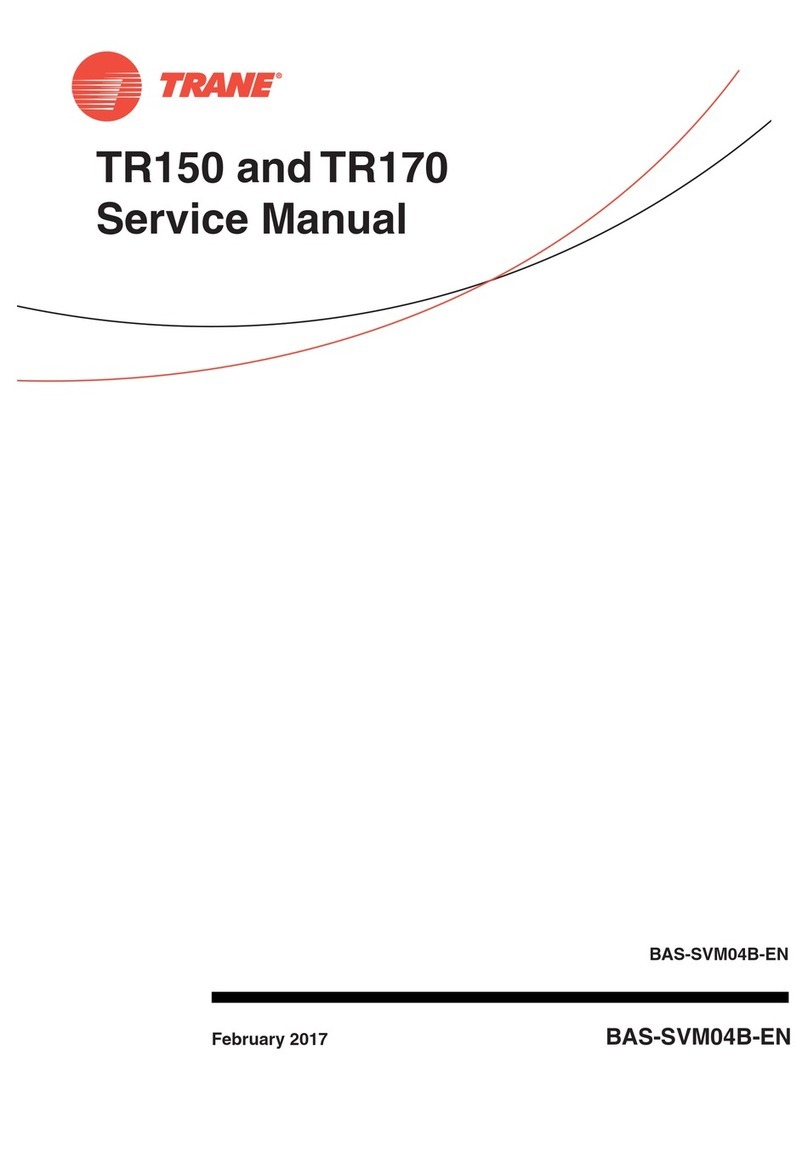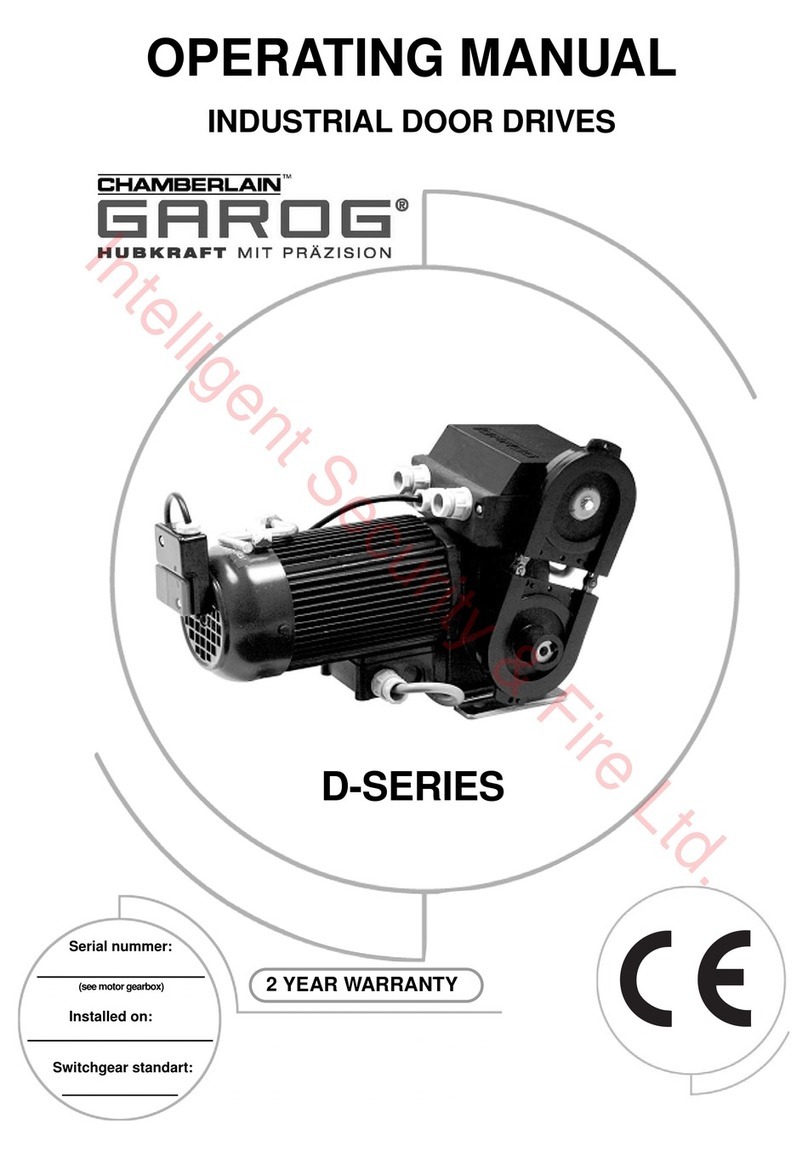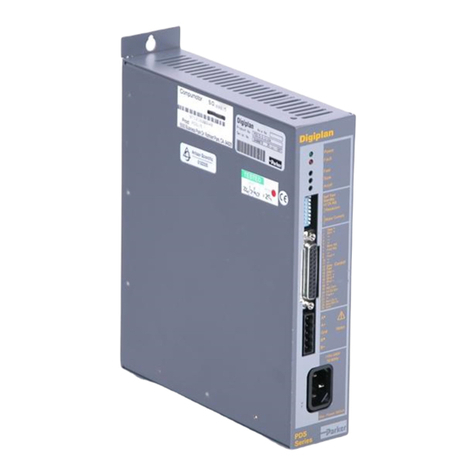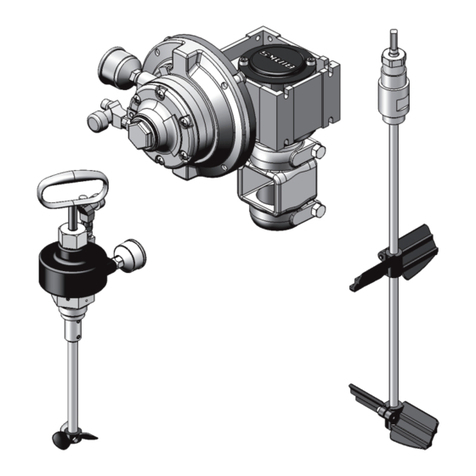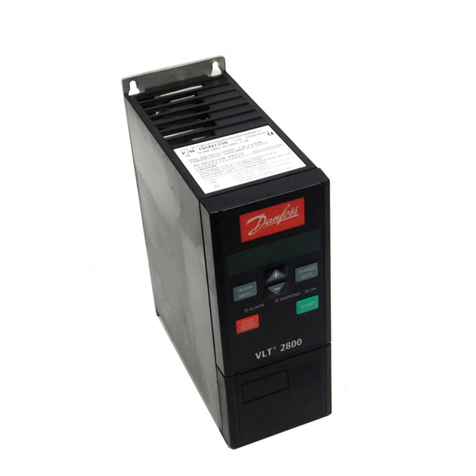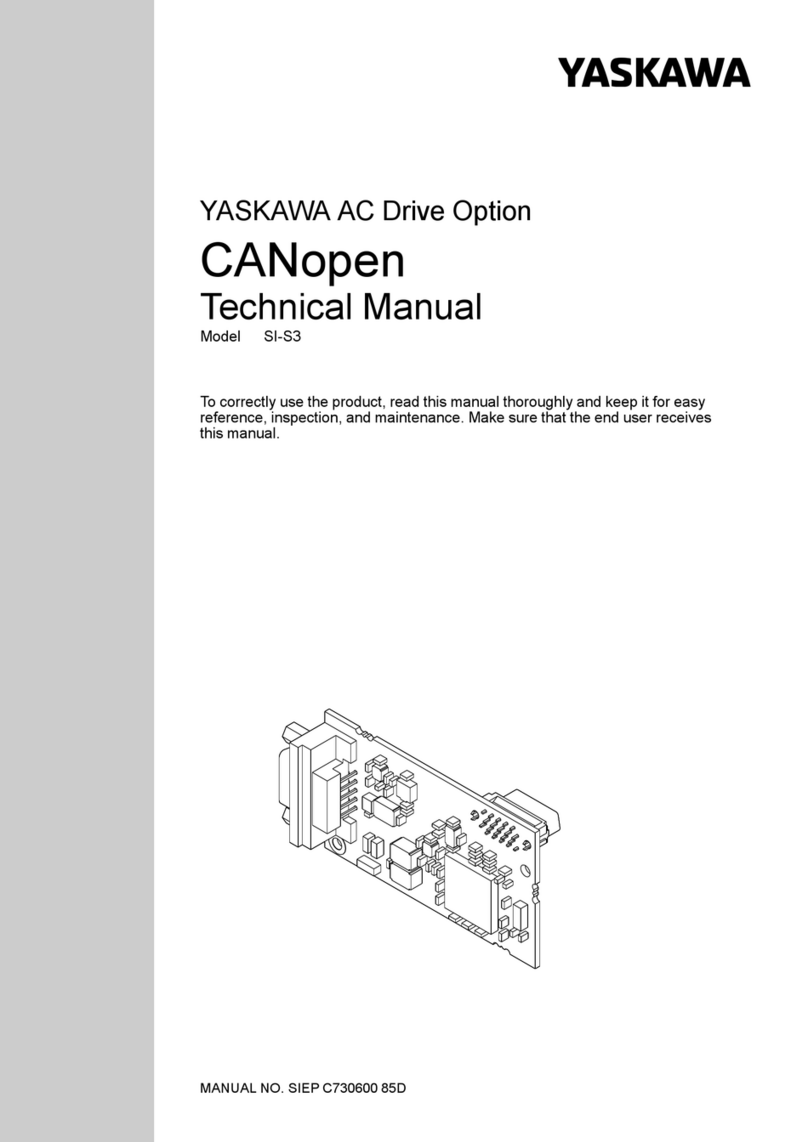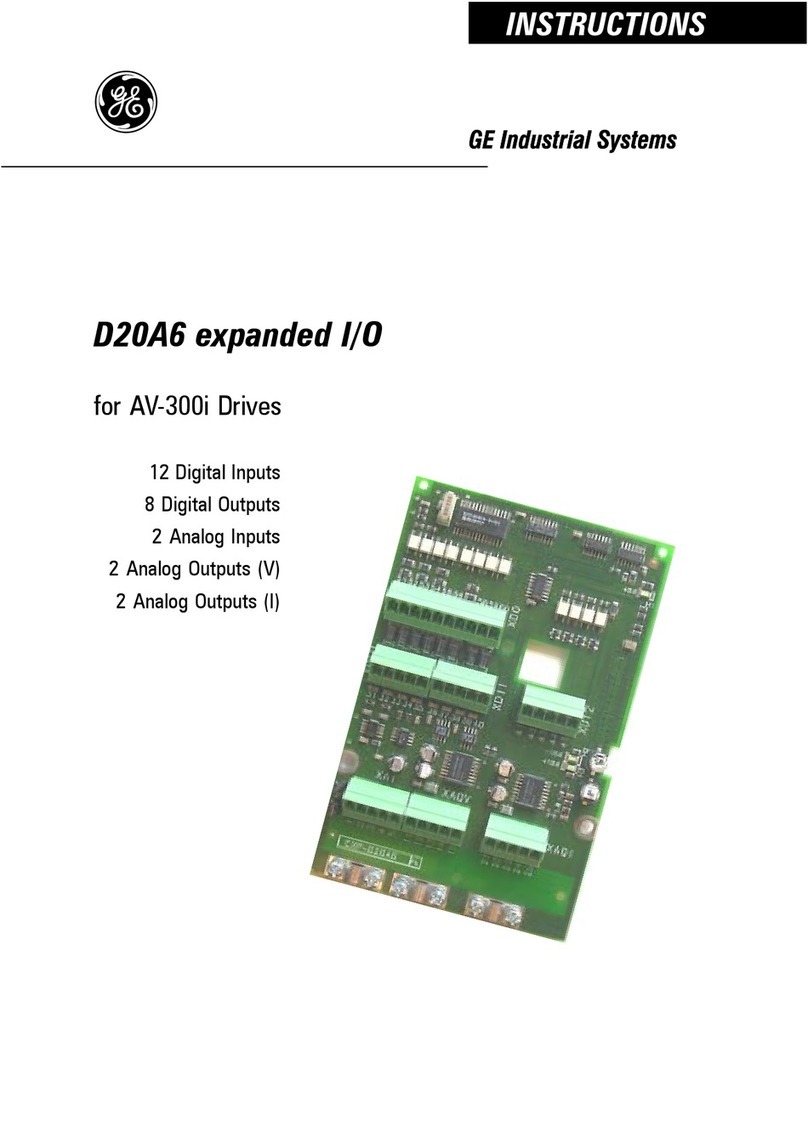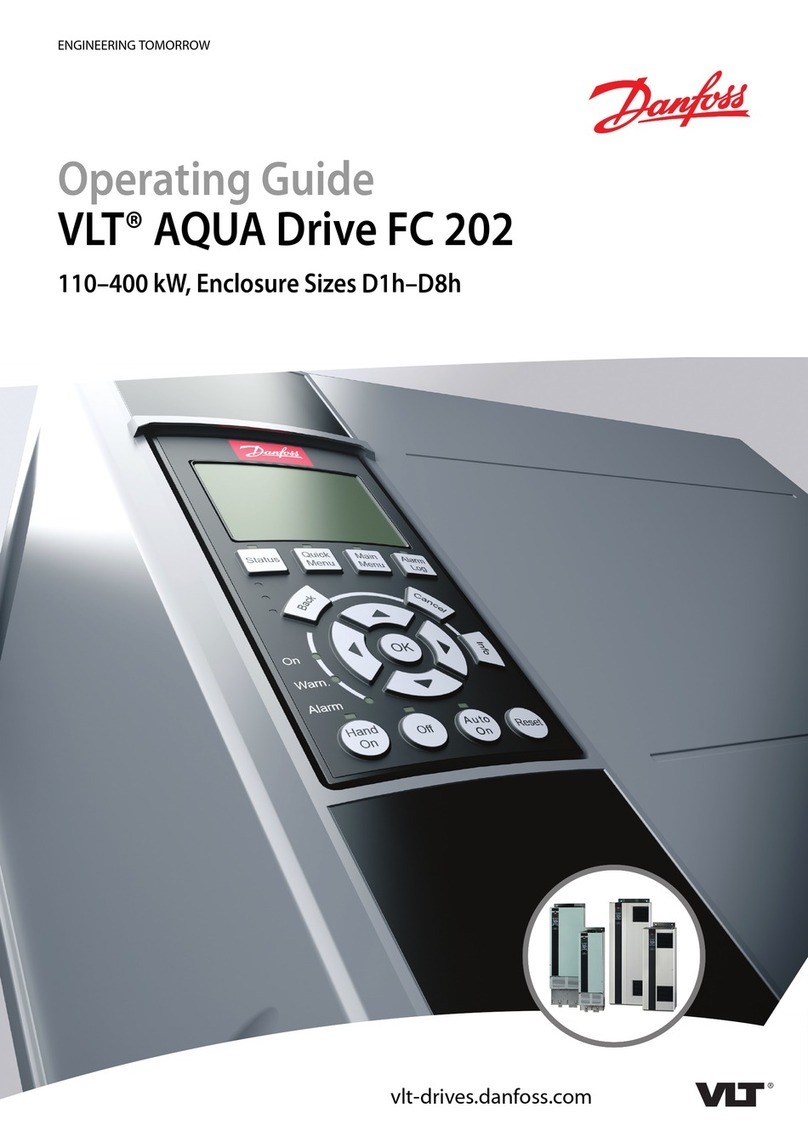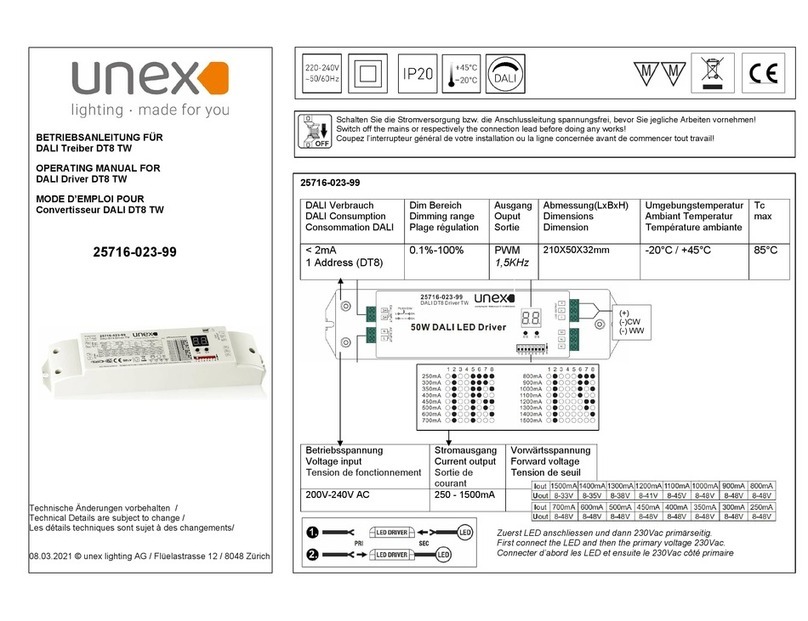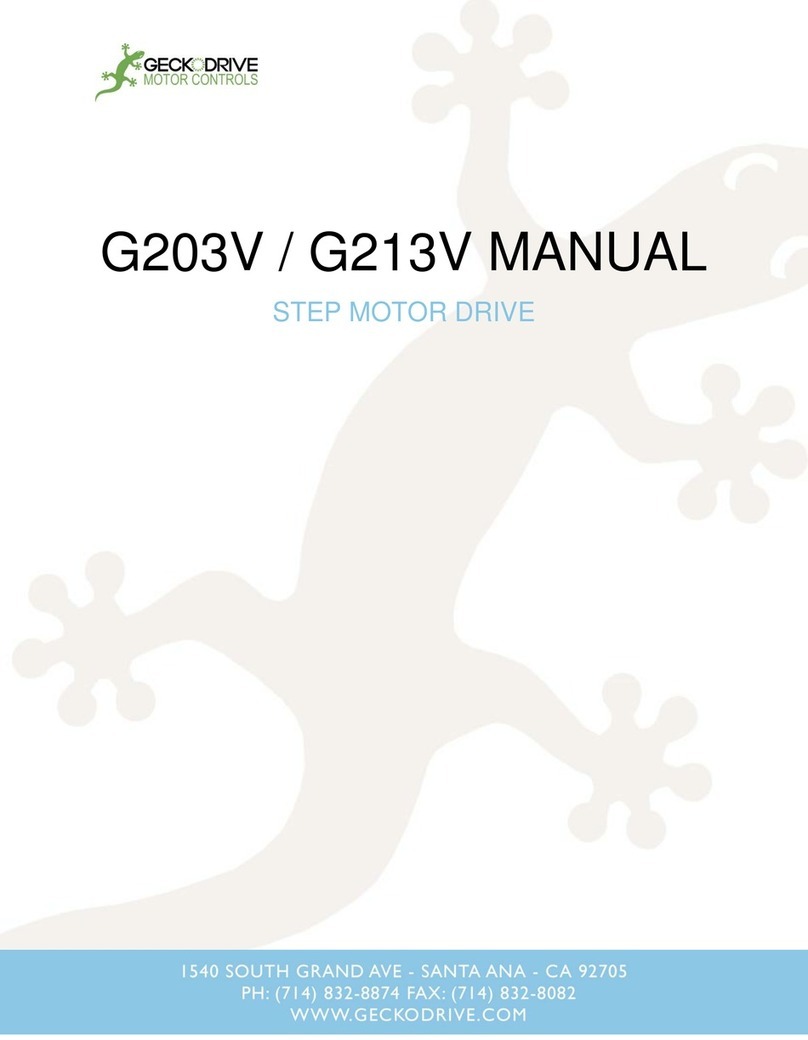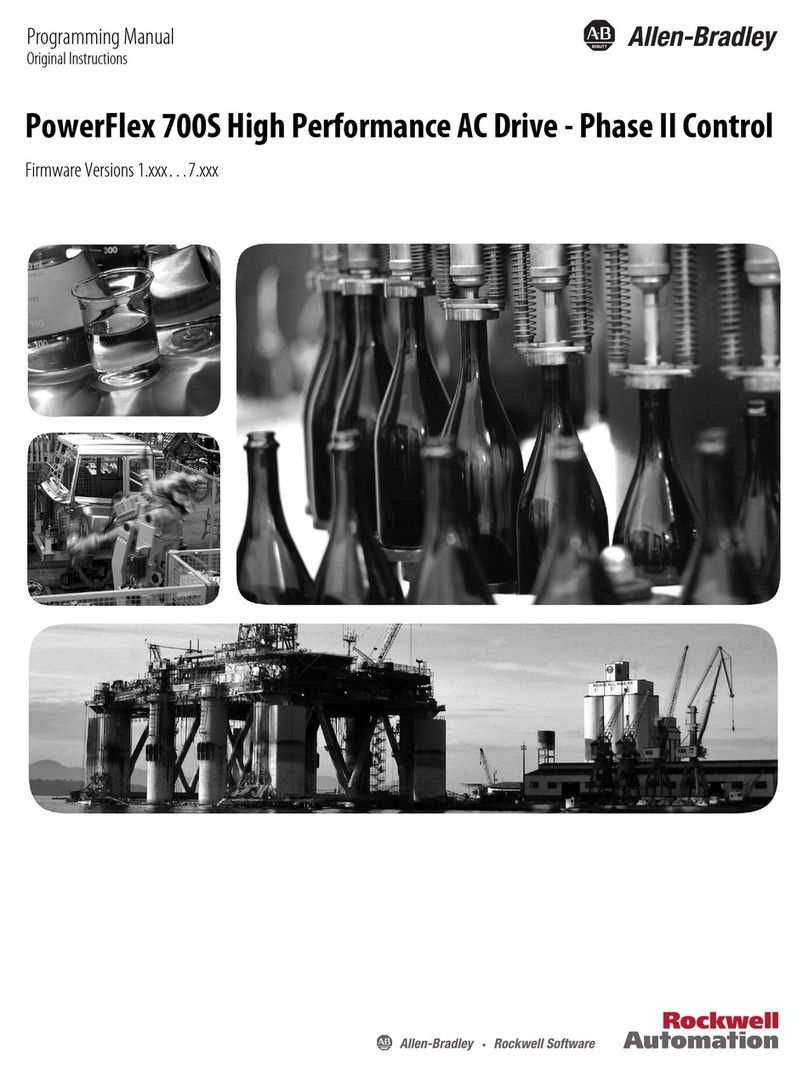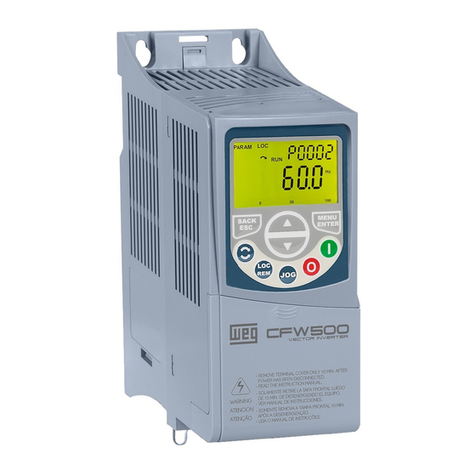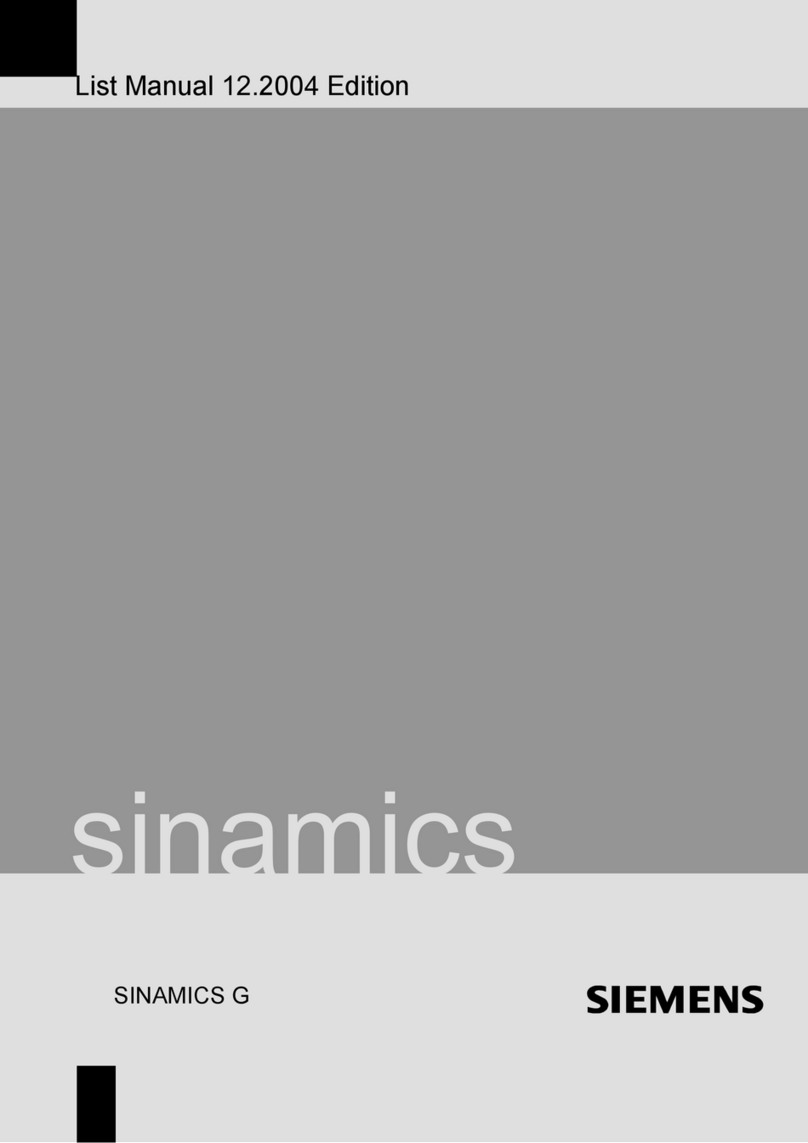
1 Basic - Information
Q6 3
Electronic Equipment is not fault proof. This fact should be borne in mind for all possible
operating conditions.
Before installation or commissioning begins, this manual must be thoroughly read and
understood by the technical staff involved.
If any uncertainty arises, the Manufacturer or Dealer should be contacted.
Classic Q6 devices are Power Electric parts used for regulating energy flow. Protection
rating IP00.
Standards and Guidelines:
The device and its associated components can only be installed and switched on where
the local laws and technical standards have been strictly adhered to:
EU-Guidelines 89/392/EWG, 84/528/EWG, 86/663/EWG, 72/23/EWG
EN60204, EN50178, EN60439-1, EN60146, EN61800-3
- IEC/UL IEC364, IEC 664, UL508C, UL840
- VDE-regulations VDE100, VDE110, VDE160
- TÜV-regulations
- Regulations of Professional and Occupational bodies: VGB4
The user must ensure that in the event of:
- device failure
- incorrect operation
- loss of regulation or control
the axis will be safely de-activated.
It must also be ensured that the machine or equipment be fitted with device independent
monitoring and safety features.
Setting Adjustments
- should only be carried out by suitably trained personnel
- should only be carried out in accordance with Health and Safety guidelines
Installation
- should only be carried out when all Voltages have been removed.
QS
Test results are archived with the device serial number by the manufacturer.
CE
The device adheres to the following: Guideline EU 89/336/EWG. EMV standards
EN61000-2 and EN61000-4.
ATTENTION - High Voltage
AC 250/440V~, DC 180/300V=
Safety advice
